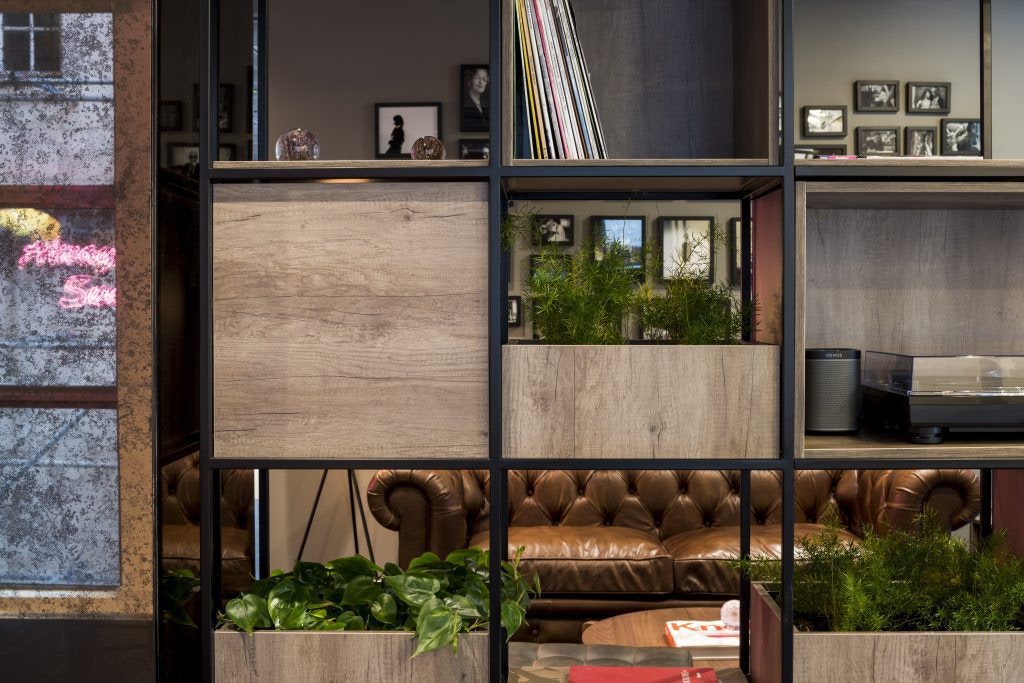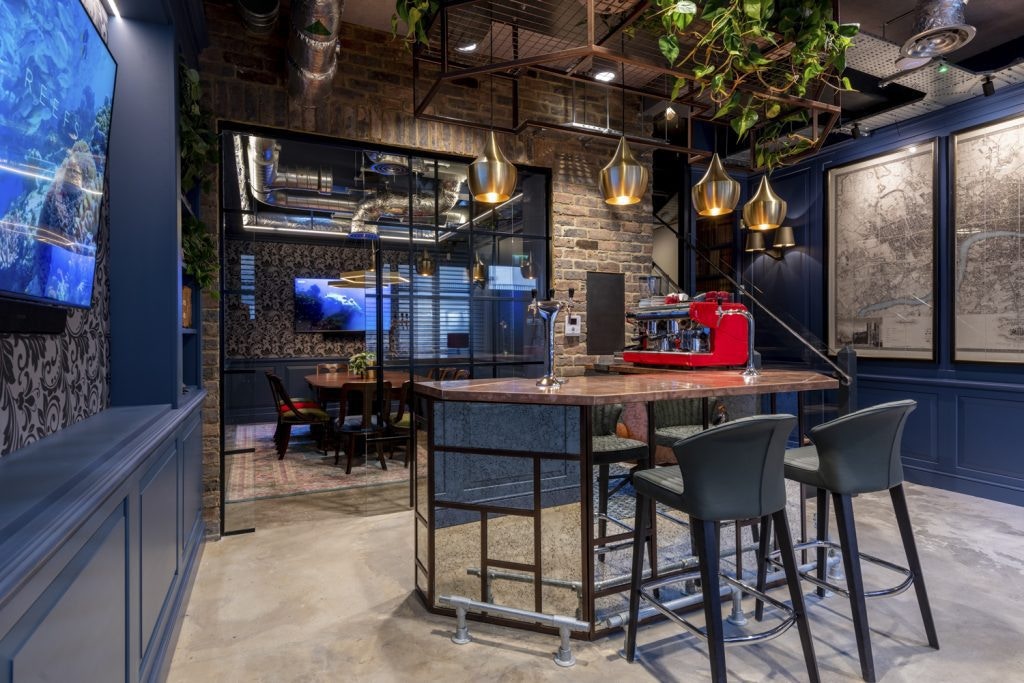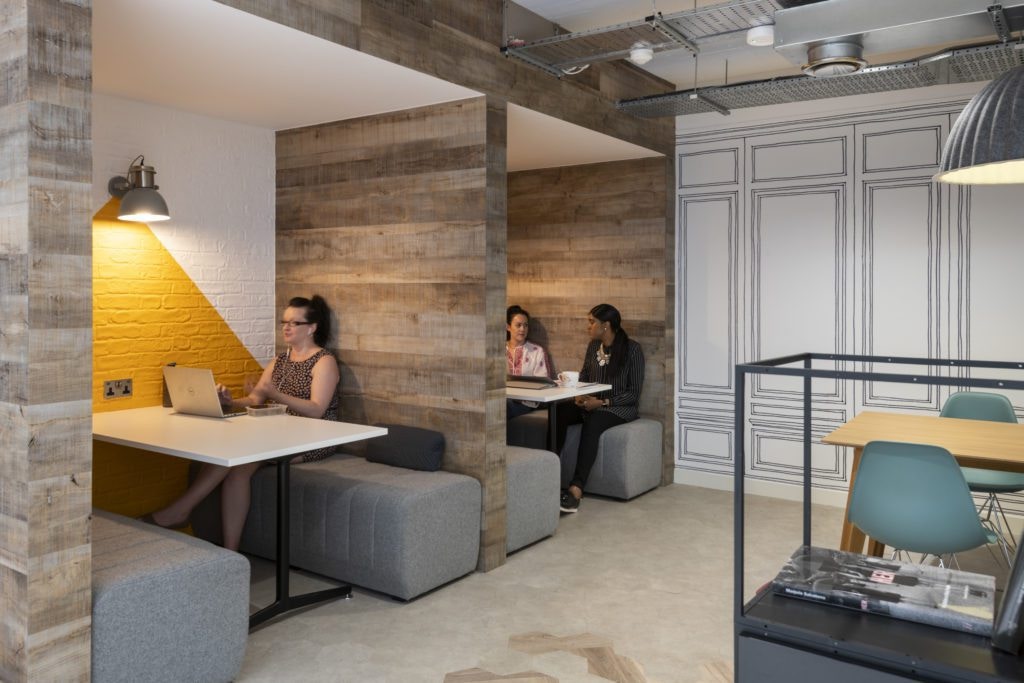It has become something of a K2 Space tradition that every year, our team of office interior designers, workplace strategists, and furniture experts meet to discuss office design trends that we individually, and in many cases collectively feel will become prevalent over the coming year. This year is no different and in keeping with tradition, we recently sat down and discussed the office design trends to watch out for in 2020.
But first, let’s quickly recap on some of our predictions over the past few years including an increase in residential-style interiors and elements of biophilic design in 2017, the rise of the unconventional workspace and open collaboration space in 2018, and last year, growth in spaces designed for concentration and reflection. You can read our past articles below:
The Workplace in 2019
Our team always kick things off by discussing the evolution of the workplace over the past decade or so and find that conversations around trends that flow from this are where key trends become obvious and are highlighted.
We all know that the modern workplace is continually evolving and becoming increasingly employee-centric with a heightened focus on not just providing staff with the right tools and tech, but also an environment where they can prosper. Of course, the benefits here are two-fold with workplaces which are more focused on the needs of the employee proven to be more productive and interestingly, cost-effective, as absenteeism is decreased, staff retention is improved and attracting talent to a workplace with a good reputation becomes an easier task.
This logic has entered many boardrooms over the past decade or so with many major brands regularly creating workplaces which make a real statement, and which are designed to attract and retain the very best talent. However, what is very exciting is the fact that companies of all sizes, large and small are buying into the benefits of creating a workplace that they and their staff can be proud of.
Office Design Trends in 2020
That’s enough context, and without further ado, here are a selection of office design trends to watch out for in 2020 (and beyond), from the K2 Space team.
Workers crave Natural Light
As humans, we are drawn to nature and daylight, and while optimizing natural light is not necessarily a new or groundbreaking office design trend, its importance has certainly grown to a point where effective daylighting strategies are becoming almost mandatory. In fact, a K2 Space survey back in 2018 highlights the importance of natural light in the workplace, as from 1000 UK respondents, >1 In 3 cited access to natural light as a major concern and something they would like to see improved.
Natural light offers an abundance of benefits and our dedicated article on natural light in the workplace explains how it can positively impact on employee wellbeing, productivity and happiness. Office designers strive to incorporate as much natural light as possible into any design, and while this can be a complex task, depending on the building and space in question, simple things like taking care where workspaces are positioned, utilizing smart lighting solutions to complement natural light and also thinking creatively about how any outdoor or rooftop spaces can be made usable can have a major impact.




